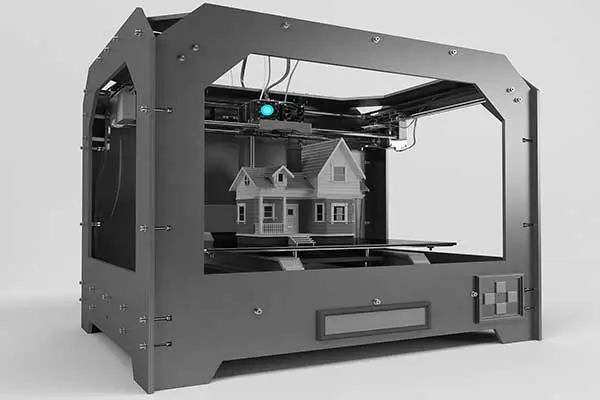

A 3D printer cooling fan is an essential component that significantly impacts the quality and reliability of your prints. These 3D printer cooling fans are designed to regulate the temperature of the filament and the printer’s internal components, ensuring that the printing process runs smoothly. Without adequate cooling, the filament can overheat, leading to issues such as warping, stringing, and poor layer adhesion. Additionally, the printer’s electronics and motors can suffer from overheating, potentially causing malfunctions or even permanent damage. Therefore, investing in a high-quality 3D printer cooling fan is crucial for anyone serious about 3D printing.

There are primarily two types of cooling fans used in 3D printers: part printer cooling fans and hotend printer cooling fans.
These 3D printer cooling fans are responsible for cooling the filament as it is extruded from the nozzle. By rapidly cooling the filament, they help it to solidify quickly, which is essential for achieving sharp details and reducing stringing. Part cooling fans are particularly important when printing with materials like PLA, which benefit from quick cooling.
These 3D printer hot end fans are designed to cool the hotend assembly, particularly the heat break and heat sink. The hotend is where the filament is melted before being extruded, and it needs to be kept at a stable temperature to function correctly. 3D printer hot end fans prevent heat from creeping up the filament path, which can cause clogs and other issues.
When selecting a cooling fan for your 3D printer, whether an EC cooling fan or others, several factors need to be considered:
Ensure that the 3D printer cooling fan you choose is compatible with your 3D printer model. Most 3D printer cooling fans come in standard sizes like 30mm, 40mm, and 50mm, but it’s essential to check your printer’s specifications.
Higher airflow rates generally provide better cooling but can also result in increased noise levels. Look for 3D printer cooling fans that offer a good balance between airflow and noise, especially if you plan to run your printer in a shared or quiet space.
Opt for 3D printer cooling fans from reputable cooling fan manufacturers known for their durability and reliability like WELLSUNFAN. A high-quality 3D printer cooling fan will last longer and provide consistent performance, reducing the need for frequent replacements.
In conclusion, a cooling fan is a vital component for any 3D printer, directly affecting print quality and the longevity of the printer itself. By understanding the different types of 3D printer fans and what to look for when choosing one, you can ensure that your 3D printing projects are successful and hassle-free.
Cooling fan grill P170